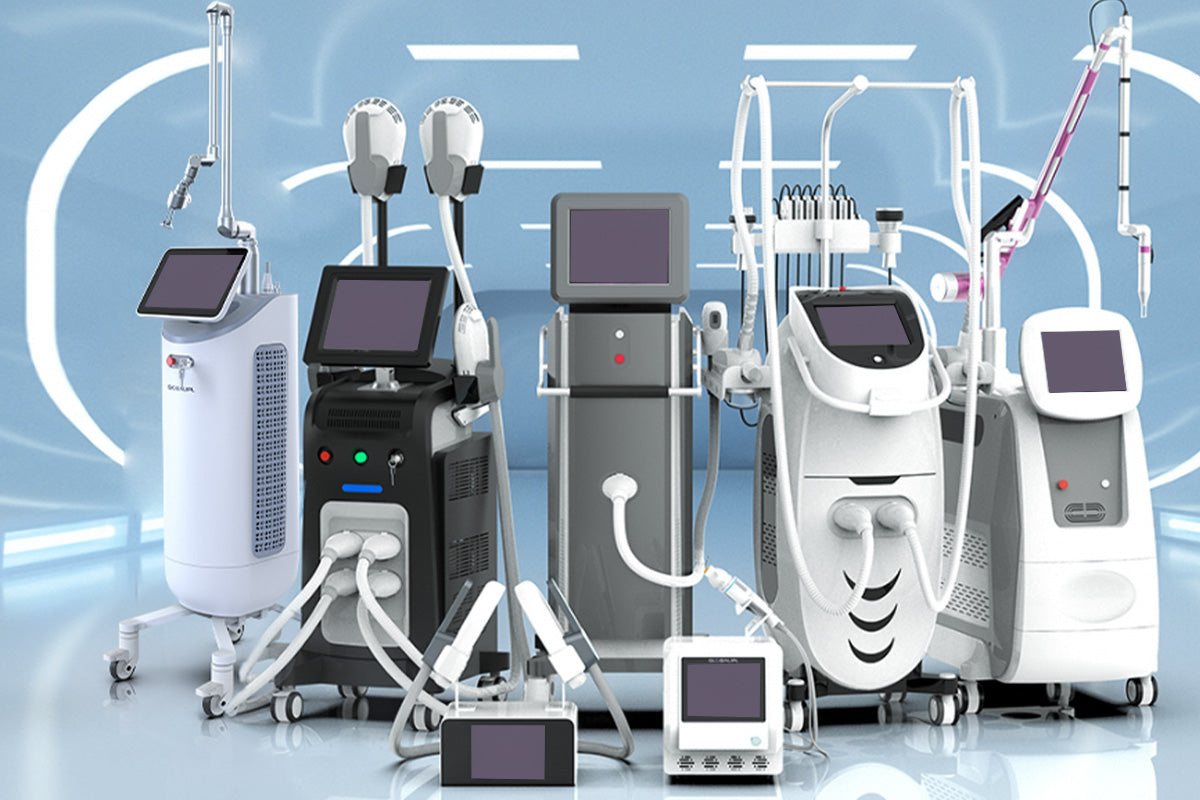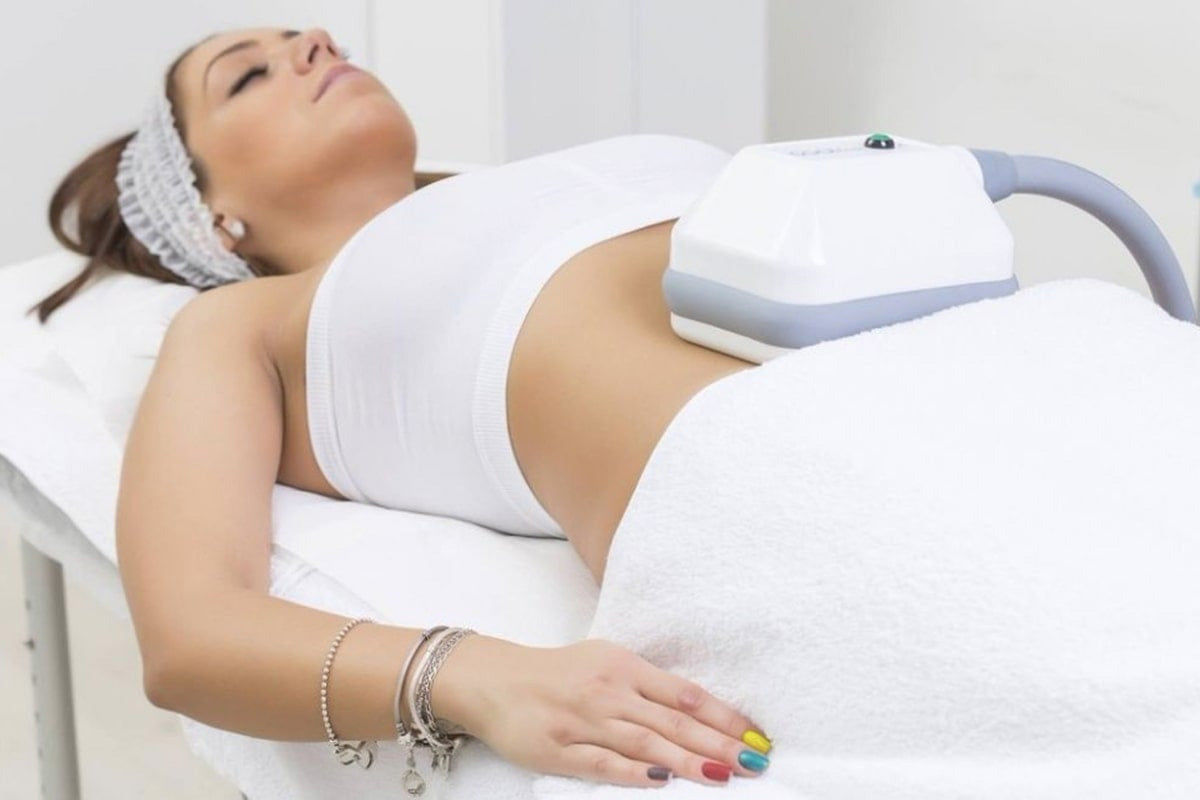
What is Red Light Therapy? How Does it Work (Mechanism of Action)?
What is Red Light Therapy?
Red Light Therapy (RLT), also known as photobiomodulation (PBM) or low-level light therapy (LLLT), is a therapeutic technique that uses specific wavelengths of red and near-infrared (NIR) light to penetrate the skin and stimulate cellular processes. Unlike ultraviolet (UV) light from the sun or tanning beds, RLT does not contain harmful UV rays and is generally considered safe.
How Does it Work (Mechanism of Action)?
- The core idea is that specific wavelengths of light (typically in the range of ~630-670 nm for red light and ~810-880 nm for near-infrared light) are absorbed by components within our cells, primarily the mitochondria.
- Mitochondrial Stimulation: Mitochondria are often called the "powerhouses" of the cell because they produce adenosine triphosphate (ATP), the main energy currency of the cell.
- Increased ATP Production: RLT is thought to enhance the function of an enzyme in the mitochondrial respiratory chain (cytochrome c oxidase), leading to increased ATP production. More energy allows cells to function more efficiently, repair damage, and regenerate.
- Reduced Oxidative Stress: RLT may help reduce oxidative stress (an imbalance between free radicals and antioxidants) within cells.
- Modulation of Inflammation: It can influence signaling pathways related to inflammation, potentially helping to reduce excessive or chronic inflammation.
- Increased Blood Flow: Some studies suggest RLT can promote vasodilation (widening of blood vessels), improving circulation to the treated area.
Potential Benefits and Uses:
RLT is being studied and used for a wide range of conditions, with varying levels of scientific evidence:
Skin Health & Rejuvenation:
Reducing wrinkles and fine lines (by boosting collagen production).
Improving skin texture and tone.
Treating acne (often combined with blue light).
Speeding up wound healing.
Reducing the appearance of scars and stretch marks.
Pain Relief and Inflammation:
Reducing joint pain (e.g., osteoarthritis).
Easing muscle soreness and stiffness.
Reducing inflammation associated with conditions like tendonitis.
Helping with lower back pain.
Muscle Recovery & Performance:
Accelerating recovery after exercise.
Potentially improving muscle performance and endurance (used pre-exercise).
Hair Growth:
Stimulating hair follicles to promote growth in cases of androgenetic alopecia (pattern baldness).
Other Investigated Areas (Often with less conclusive evidence):
Mood disorders (like Seasonal Affective Disorder - SAD, though bright white light is more common).
Sleep quality.
Cognitive function.
Eye health (specific, controlled applications).
How is it Administered?
Devices: RLT is delivered via various devices, including handheld wands, masks, flexible pads, full-body panels, and even specialized beds.
Settings: It can be done in clinical settings (dermatologist, physical therapist, wellness center) or using at-home devices.
Process: You typically expose bare skin to the light source for a specific duration (e.g., 5-20 minutes) at a recommended distance.
Frequency: Sessions might range from daily to a few times per week, depending on the condition, device, and protocol.
Safety and Side Effects:
RLT is generally considered safe when used as directed.
It does not use harmful UV radiation.
It's non-invasive and typically painless, though some might feel gentle warmth.
Side effects are rare and usually mild, potentially including temporary redness or eye strain if staring directly into very bright lights (eye protection is often recommended, especially with powerful panels).
Precautions: People taking photosensitizing medications should consult their doctor. Those with active cancer should also seek medical advice before using RLT, particularly near a tumor site. Always follow device manufacturer instructions.
Important Considerations:
Evidence Varies: While promising, the quality and quantity of evidence vary significantly depending on the specific condition being treated. Some uses (like skin rejuvenation and certain types of pain) have more robust backing than others.
Device Quality Matters: The effectiveness depends heavily on the device's parameters: specific wavelengths used, power density (irradiance), and total energy delivered (dose). Not all devices are created equal. Look for devices that specify these parameters.
Consistency is Key: Results usually require consistent, regular treatments over weeks or months. It's not typically a quick fix.
Consult a Professional: It's always best to consult with a doctor or relevant healthcare professional before starting RLT, especially if you intend to treat a specific medical condition.
In summary, Red Light Therapy is a non-invasive treatment using specific light wavelengths to stimulate cellular function, potentially offering benefits for skin health, pain relief, muscle recovery, and hair growth, among other areas. Research is ongoing, and its effectiveness can depend on the condition, device quality, and treatment protocol.





